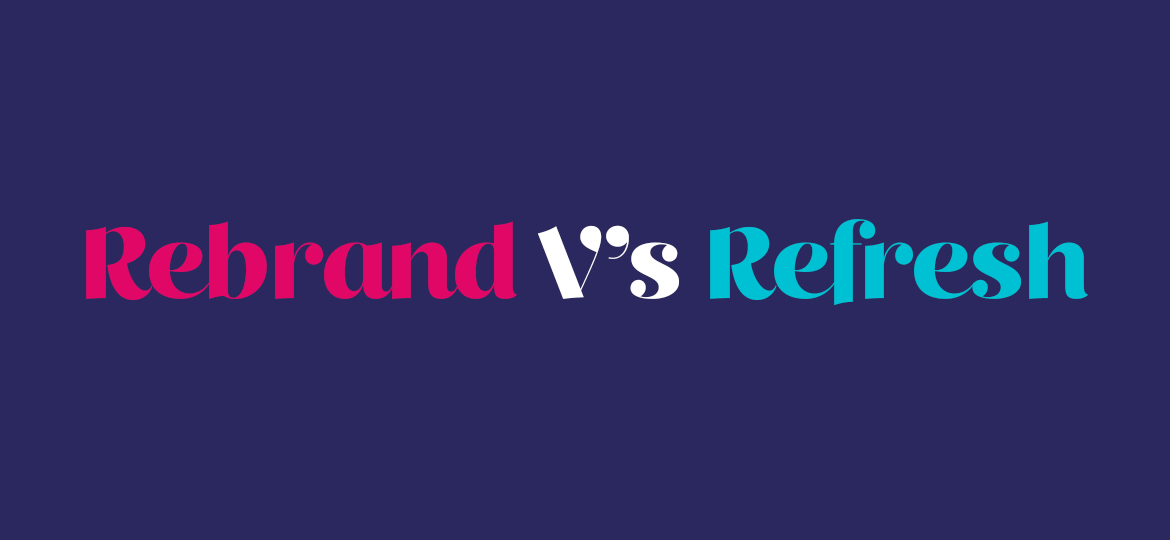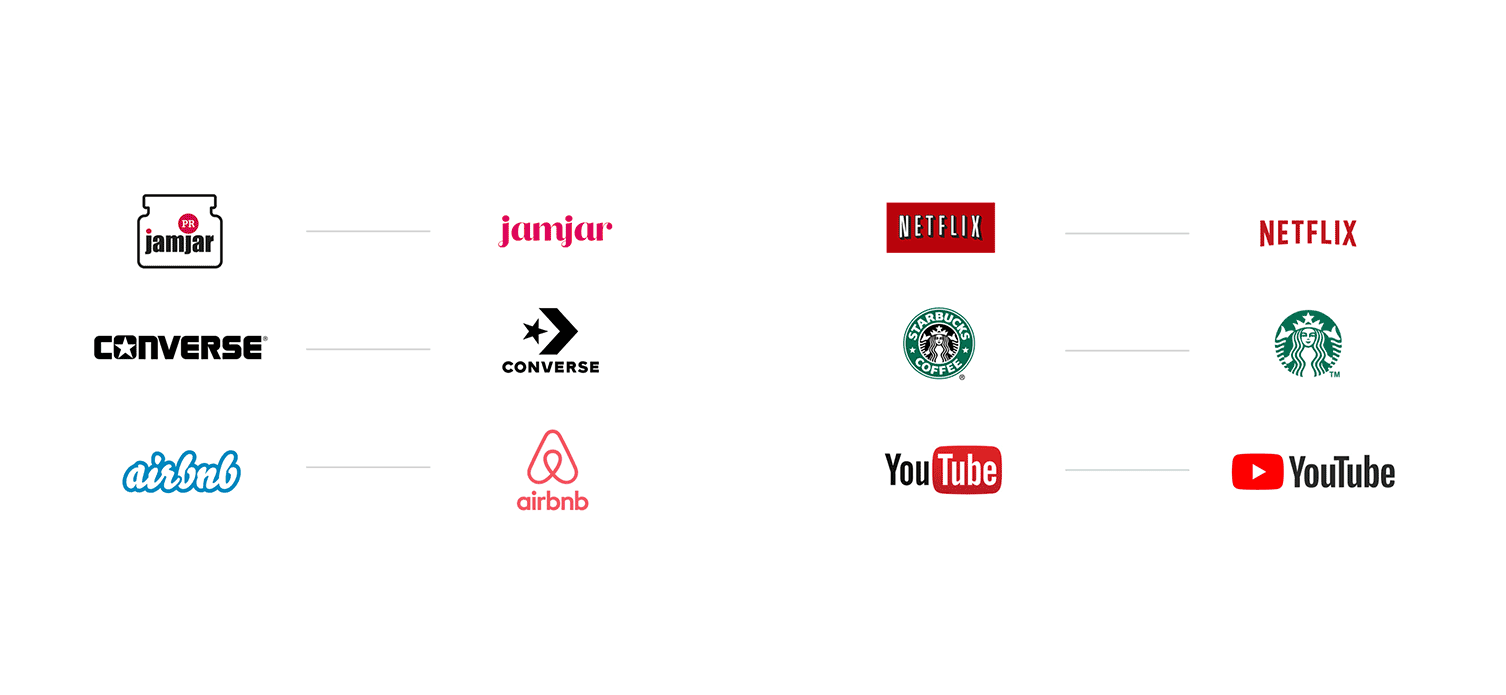What is a brand?
Your brand isn’t just your logo, name, culture or marketing efforts. Your brand is your company DNA. It’s your image, reputation, personality, point of distinction and promise to everyone who experiences it. It’s the culmination of it all that when combined work together to create a whole brand. Each piece is as crucial as the next, and you can’t have one without the support of the others or your brand will fall flat.
Rebrand or Refresh – what’s the difference?
We think a good way of differentiating between the two is using a property development analogy!
Is it a fresh coat of paint that you need or a complete rebuild of the property?
Do you need to refresh what you have to make it more current or should you “kill” the brand and start again?
Rebrand
A rebrand is essentially a complete reworking of your brand. It’s more than a brand redefinition or even a reposition. It’s a full restart and the end of the current brand and all that it stands for.
Everything from your name and aesthetics to your brand strategy will be completely different.
A rebrand is the right decision when your brand can’t go on as it is.
It may be due to new ownership or leadership, when your business is going in a new direction, or when your brand equity is negative or heading that way.
Refresh
A refresh is a makeover of the current brand. It can as subtle as tweaks to the logo to make it fresh, current and up-to-date with the direction of the company. But it can also be a ceiling-to-floor rethink of how the brand not only looks but also how it delivers, speaks and operates.
The reason it’s different to a rebrand is because the brand’s DNA remains intact. The brand retains its core market position, its brand equity and values, but opens the door to change other aspects of the brand as required.
When to refresh?
- To update an older brand and make it appealing to a current/new audience.
- To address current market conditions.
- When it feels disconnected from your offerings
Examples of brand refreshes
Ours is a good example of a brand refresh.
Our old brand was no longer fit for purpose as we now offer so much more than just PR – Marketing, Creative, Digital and Social. It was time to drop the PR from our name and get a new, fresh look.
Other examples include:
- Converse
- Airbnb
- Netflix
- Starbucks
- Youtube



